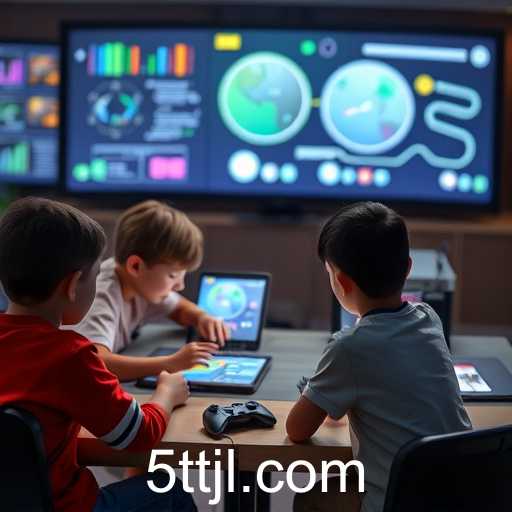In recent years, the technological landscape has seen a remarkable shift, especially in the realm of education. One term increasingly resonating across educational forums and online platforms is 'ttjl,' a keyword that represents a transformative category in educational gaming. These games are intentionally designed to enhance learning experiences, providing an entertaining yet purposeful way to engage learners of all ages.
Educational games, like those represented by 'ttjl,' serve a dual purpose. On one hand, they capture the engagement and enthusiasm that games inherently possess; on the other, they integrate educational content in such a way that playing the game becomes a meaningful learning activity. These games cover a vast array of subjects ranging from mathematics and science to history and languages. Each game is crafted with the intention of teaching specific skills or knowledge through immersive gameplay.
One of the critical advantages of educational games is their ability to cater to various learning styles. Visual learners benefit from vibrant graphics and animations, auditory learners from engaging narratives and soundtracks, while kinesthetic learners engage through interactive controls and tasks. The 'ttjl' games are designed to be inclusive, ensuring that every student has the opportunity to learn in a way that suits them best.
Furthermore, educational games often incorporate elements of gamification—such as rewards, levels, and challenges—that motivate learners to progress further, naturally driving their curiosity and interest. This aspect not only makes learning enjoyable but also encourages persistence and resilience, essential skills both academically and in life.
A noteworthy feature of 'ttjl' games is their adaptability. As opposed to traditional educational methods, these games can often adjust to the learner's pace and level of understanding. If a student struggles with a concept, the game can provide additional practice or hints, thereby promoting a personalized learning trajectory that fosters confidence and competence.
Moreover, educational games often encourage collaborative learning. Multiplayer functionalities or classroom integration of these games can facilitate cooperation, communication, and problem-solving skills among peers. Such interactions can cultivate a community of learners who support and challenge each other.
In conclusion, the educational game category under the keyword 'ttjl' is not just influencing the future of learning; it is actively redefining it. By engaging students through innovative and interactive methods, educational games are dissolving the boundaries between play and education, ultimately preparing learners for a world that values critical thinking, adaptability, and lifelong learning.








